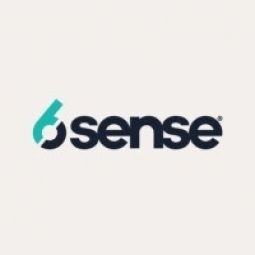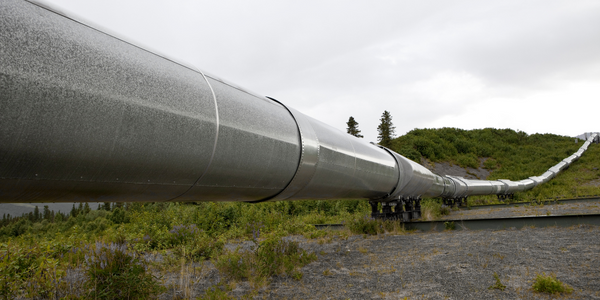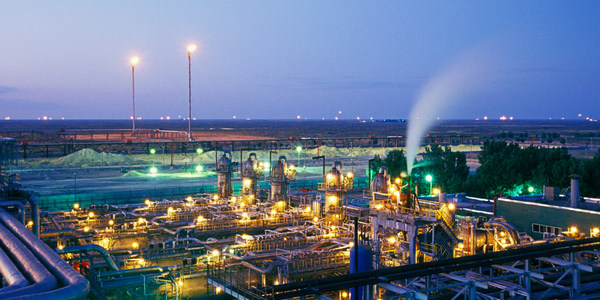Technology Category
- Infrastructure as a Service (IaaS) - Cloud Databases
Applicable Industries
- Oil & Gas
Applicable Functions
- Procurement
- Sales & Marketing
Use Cases
- Time Sensitive Networking
About The Customer
Bynder is an industry-leading, cloud-based solution that helps organizations manage their digital content. The company serves over 1.7 million brand managers, marketers, and creatives from organizations such as Five Guys, Groupon, and Zendesk. Founded in the Netherlands in 2013, Bynder has expanded beyond their Amsterdam headquarters into Boston, San Carlos, Rotterdam, Barcelona, London, and Dubai. The company's digital asset management (DAM) platform enables teams to manage the chaos of proliferating content, touchpoints, and relationships to thrive.
The Challenge
Bynder, a leading cloud-based solution for digital content management, faced a challenge in diversifying its pipeline generation and optimizing outbound efforts. Despite having a strong brand recognition in the digital asset management (DAM) market, the company sought to enhance its outbound efforts. They had a database of accounts and understood their total addressable market (TAM), but to set their Business Development Representatives (BDRs) up for success, they needed a better understanding of their prospects’ behavior and buying propensity. The goal was to uncover the behaviors of their Ideal Customer Profile (ICP) to refine their outreach and identify prospects ready to take firm action in the marketplace.
The Solution
Bynder found its solution in 6sense Revenue AI™. With 6sense, Bynder was able to uncover anonymous buying signals and accurately predict which accounts to target at the right time. Bynder combined 6sense intent data with G2 intent and website activity from high-intent pages, providing their BDRs with daily 6sense reports that revealed which prospects were in-market for a DAM solution. This helped BDRs prioritize their outreach efforts. Furthermore, Bynder used 6sense to optimize its outbound efforts in both EMEA and North America, using similar 6sense segments to target accounts in these markets but varying their keywords depending on the region to get the best results.
Operational Impact
Quantitative Benefit

Case Study missing?
Start adding your own!
Register with your work email and create a new case study profile for your business.
Related Case Studies.

Case Study
Taking Oil and Gas Exploration to the Next Level
DownUnder GeoSolutions (DUG) wanted to increase computing performance by 5 to 10 times to improve seismic processing. The solution must build on current architecture software investments without sacrificing existing software and scale computing without scaling IT infrastructure costs.

Case Study
Remote Wellhead Monitoring
Each wellhead was equipped with various sensors and meters that needed to be monitored and controlled from a central HMI, often miles away from the assets in the field. Redundant solar and wind generators were installed at each wellhead to support the electrical needs of the pumpstations, temperature meters, cameras, and cellular modules. In addition to asset management and remote control capabilities, data logging for remote surveillance and alarm notifications was a key demand from the customer. Terra Ferma’s solution needed to be power efficient, reliable, and capable of supporting high-bandwidth data-feeds. They needed a multi-link cellular connection to a central server that sustained reliable and redundant monitoring and control of flow meters, temperature sensors, power supply, and event-logging; including video and image files. This open-standard network needed to interface with the existing SCADA and proprietary network management software.

Case Study
Refinery Saves Over $700,000 with Smart Wireless
One of the largest petroleum refineries in the world is equipped to refine various types of crude oil and manufacture various grades of fuel from motor gasoline to Aviation Turbine Fuel. Due to wear and tear, eight hydrogen valves in each refinery were leaking, and each cost $1800 per ton of hydrogen vented. The plant also had leakage on nearly 30 flare control hydrocarbon valves. The refinery wanted a continuous, online monitoring system that could catch leaks early, minimize hydrogen and hydrocarbon production losses, and improve safety for maintenance.










